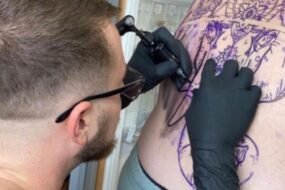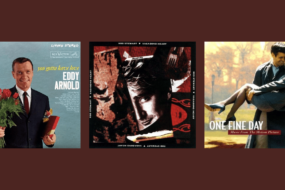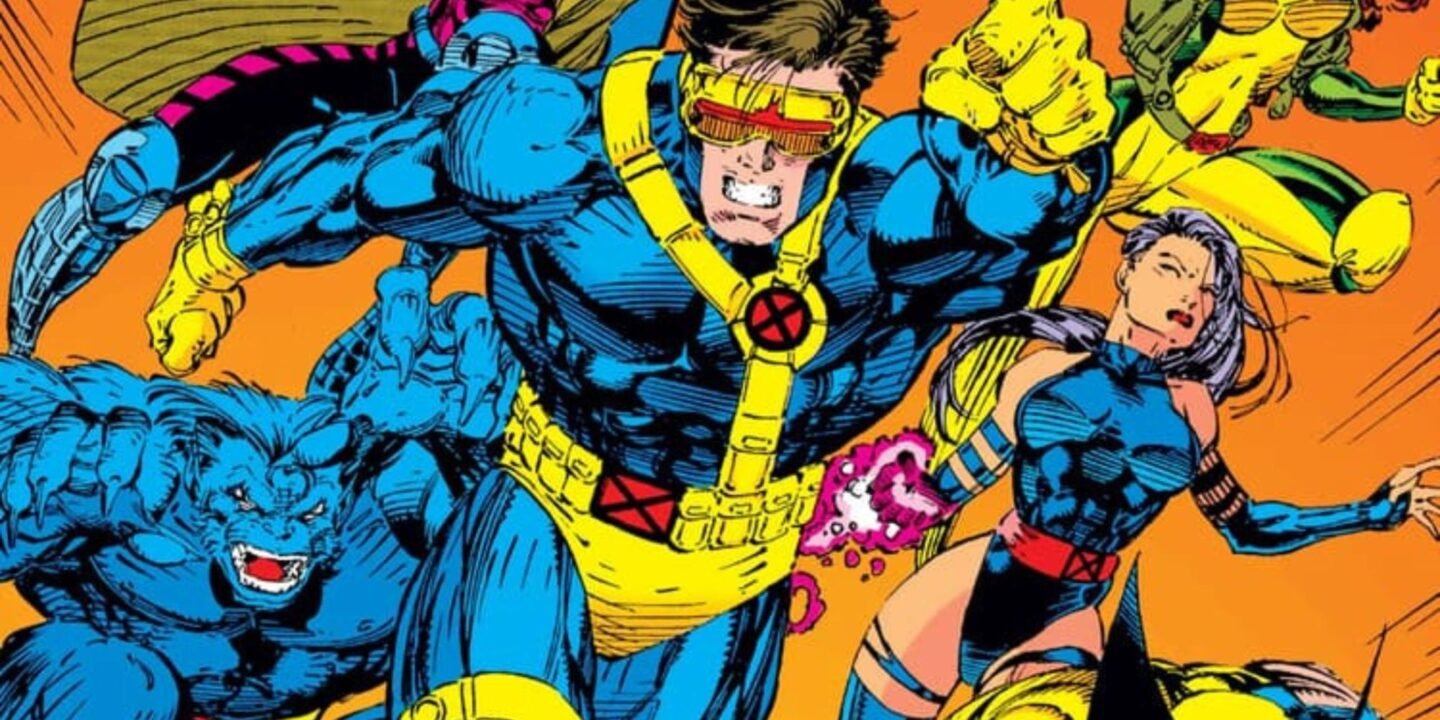
The X-Men haven’t always been successful, but there’s been one constant through their almost seven decade existence — amazing art. From the beginning the X-Men have been one of comics’ most interesting looking groups of superheroes. Over the years, the X-Men have been graced by many of the greatest artists in comics, and they’ve given the team some of the best looking heroes, villains, supporting cast, and technology. X-Men comics have been marvels of action, but the X-Men are also a soap opera. A great X-Men artist can capture both, and the books have been blessed with many artists who are to the challenge. The X-Men are their own sub-universe, and the artists have done an amazing job of making their world visually distinct.
Artists have played a huge role in the X-Men. From Jack Kirby in the Silver Age doing most of the work, Dave Cockrum and John Byrne helping plot the greatest stories in X-Men history, Jim Lee and Marc Silvestri helping guide the book in the late ’80s and early ’90s, and the brilliant artists who had to follow some of the greats and made their own legend, artists are a key to the whole equation. These 10 artists are the best X-Men artists of all time, their unique visuals giving readers some amazing stories over the decades.
10) Jack Kirby

Look, let’s be real — any time Jack Kirby is an artist on a book, he is automatically one of the best all time artists on that book. Kirby helped design the early looks of the X-Men, and definitely knocked it out of the park. Kirby drew full pencils on issues #1-11 and layouts for #12-17. The original X-Men costumes have always been kind of awesome, and Kirby designed the looks for Magneto, Juggernaut, Scarlet Witch, and Quicksilver. Kirby created the Sentinels and the Master Mold. Any book Kirby has done is full of that energy that only Kirby could bring to the table, and his X-Men work is a perfect example of that. Kirby’s work set the basis of the X-Men for years, and many of his designs have endured the test of time. Kirby is one of the best, and he was integral to making the X-Men into who they are now.
9) Adam Kubert

Adam Kubert is the son of DC legend Joe Kubert, and started working in the comic industry as young kid, helping letter and ink his father’s books. He’d eventually join the X-Men office in the ’90s, following brother Andy, with Wolverine, and he’d end up drawing both X-Men and Uncanny X-Men many times over the years, as well as more covers than you can shake a stick at. Kubert’s style went through an evolution when he moved to team books, but his skill always shone through. Kubert is a master of character acting and action, and helped design the costumes for the team for Claremont’s second run. Kubert has drawn X-Men (Vol. 2) #81-84, Uncanny X-Men (Vol. 2) #339, #368-370, #372-373, #375, #378, #381, #383-384, and Ultimate X-Men (Vol. 1) #1-8, #10-12, #15-17, #20-22, #25, #29, #31-33. Kubert is a Marvel legend, and has given readers some tremendous art over the years.
8) Chris Bachalo

Chris Bachalo came to prominence at DC, working on books like Shade, the Changing Man, The Sandman, and the Death miniseries’ before jumping on X-Men Unlimited #1 (where he was inked by Dan Panosian, which kind of killed the uniqueness of his style despite looking great) and Generation X. Eventually, Bachalo would move over to the main X-Men books like Uncanny X-Men and X-Men. Bachalo has worked on the X-Men for decades, his unique style changing over the years. Bachalo has given readers some of the most unique X-Men stories ever, and those of us who love his work really love it. Bachalo has drawn Uncanny X-Men (Vol. 1) #349, #353-356, #358-360, #362-365, #464-468, #472, #600, Uncanny X-Men (Vol. 2) #1-4, #8-9, #12-14, #16-17, #19-22, #25, #27, #29-32, Ultimate X-Men (Vol. 1) #18-19, X-Men (Vol. 2) #188-190, #192-193, #197-200, #205-207, X-Men (Vol. 3) #7-10, Wolverine and the X-Men #1-4, #8-10, #12, #16, New X-Men #142-145, and X-Men: Age of Apocalypse #1-6.
7) Paul Smith
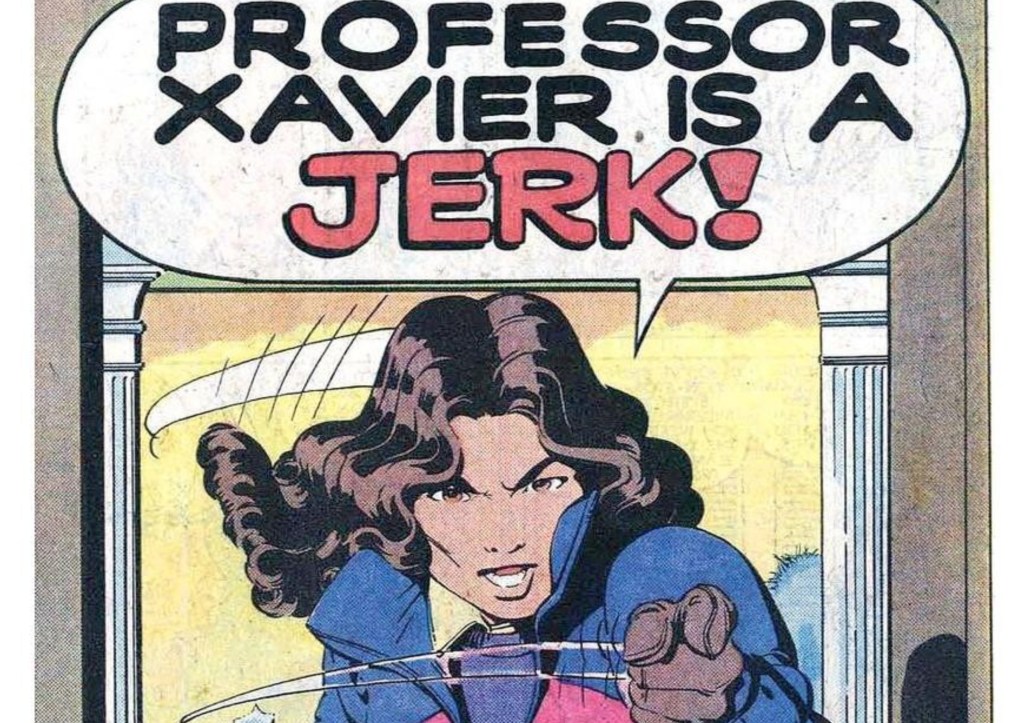
Paul Smith didn’t draw all that many issues of X-Men — Uncanny X-Men #165-170, #172-175, #278 and X-Men (Vol. 2) #42-43 — but he definitely made an impression. Paul Smith was John Cassaday before John Cassaday was around. His simple linework was perfect; his figure work and emotion acting bringing forth in every issue he drew. Smith has some iconic issues under his belt — he was the artist behind the Wolverine/Rogue story from Uncanny X-Men #173 that helped make Rogue into a star. Smith doesn’t always get the most credit out of the X-Men art greats, but his art is so very amazing. Smith is a top artist and always has been.
6) Andy Kubert
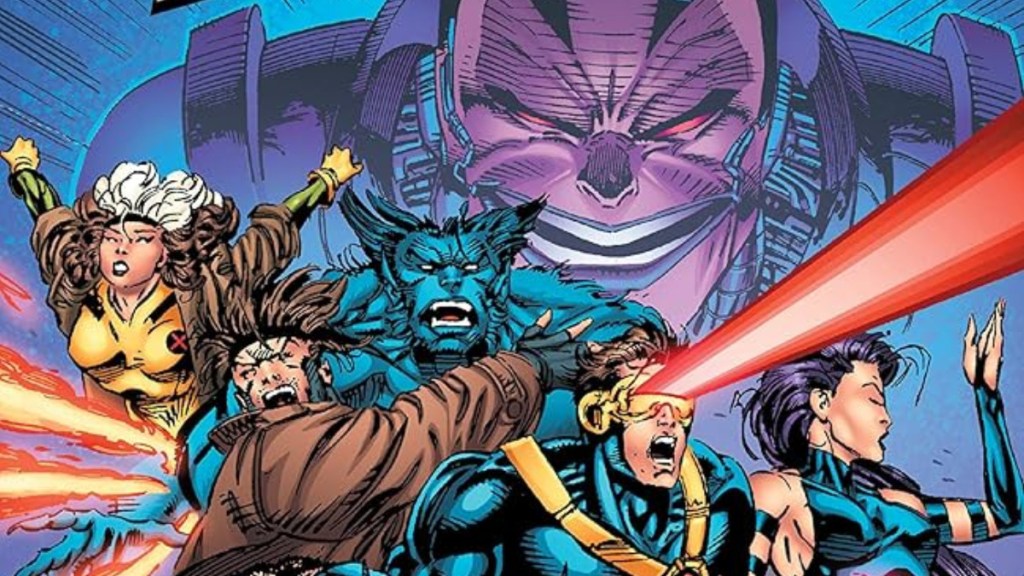
Andy Kubert is another scion of the Kubert family, and has the artistic chops to prove it. He got the same start his brother Adam did, and the two would work together on several books at DC, including an Adam Strange mini (hunt it down; it’s gorgeous). Kubert would eventually make the jump to Marvel, becoming a fill-in artist for Uncanny X-Men, Wolverine, and X-Men before taking over as regular artist on X-Men after the departure of the Image founders. Kubert was one of the defining X-Men artist of the ’90s. The book was at the height of its sales powers at the time, and many fans fell in love with the X-Men because of his distinctive pencils. Andy kept getting better on X-Men; look at his work in the #50s, and compare it to his work in the #20s. It’s still obviously the same artist, but everything is better. Kubert drew Uncanny X-Men #279-280, and #288, X-Men (Vol. 2) #14-20, #22-26, #28-34, #36-38, #40-41, #44-47, #50, #52-57, and #59, Amazing X-Men #1-4, and Ultimate X-Men #5-6 and #50-53.
5) Marc Silvestri

Marc Silvestri worked at DC and Marvel for a bit before getting to the big show. Silvestri came on Uncanny X-Men in the late ’80s, towards the end of Claremont’s run, and proved to be the perfect artist for Claremont’s ideas. Silvestri got to draw X-Men classics like “Fall of the Mutants” and “Inferno”, his linework reminiscent of Smith but with more of a personalized style. Silvestri was an amazing action penciler, and did a fantastic job with the X-Men of the Outback Era. Silvestri became a superstar thanks to the X-Men, and when he moved to Wolverine, he became one of the greatest Wolverine artists of all time. Silvestri drew Uncanny X-Men #218, #220-222, #224-227, #229-230, #232-234, #36, #238-244, #246-247, #249-251, #253-255, #256-261 and New X-Men #151-154. Silvestri went on to become one of the Image founders and is now one of the elder statesmen of the industry.
4) Dave Cockrum
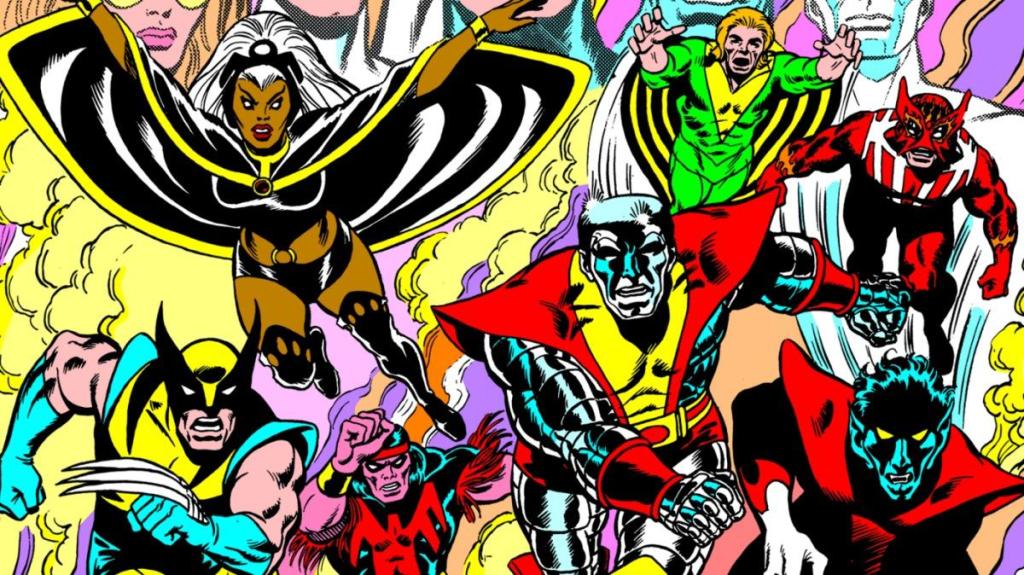
Dave Cockrum was the artist behind Giant-Size X-Men #1, his distinctive pencils grabbing readers immediately. He made the migration to X-Men and knocked it out of the park. Cockrum brought over designs from the Legion of Superheroes, his last high-level work, to X-Men; Storm and Nightcrawler were both originally supposed to be Legion characters. Cockrum was one of the early greats of the X-Men, and honestly, if it wasn’t for him, the X-Men definitely wouldn’t have become as popular as they did. Cockrum returned to the book multiple times over the years, and was integral in the creation of the Phoenix, the Imperial Guard, and the Brood. Cockrum’s designs are legendary, and his flavor will always be a part of the X-Men’s DNA. Cockrum drew Giant-Size X-Men #1, Uncanny X-Men #94-107, #110, #145-150, #153-158, and #161-164.
3) Neal Adams

Much like Paul Smith, Neal Adams didn’t draw many issues of X-Men but made a huge impact. Adams worked with writer Roy Thomas on X-Men (Vol. 1) #56-63 and #65 and just knocked it out of the park. Adams is one of those artists who is instantly recognizable. He was an iconoclast when it came to drawing style; if you look at Adams’s work from the ’70s, you will see art that looks like it was drawn in the present day. Adams was a student of the masters, and his skill with page layout was simply breathtaking. However, his figure work, his character acting, and action is electric. Adams designed Havok’s best costume, the Living Monolith (go look him up; he’s outstanding), and Sauron. Adams inspired every X-Men artist that came after him, and is the best of the best.
2) John Byrne
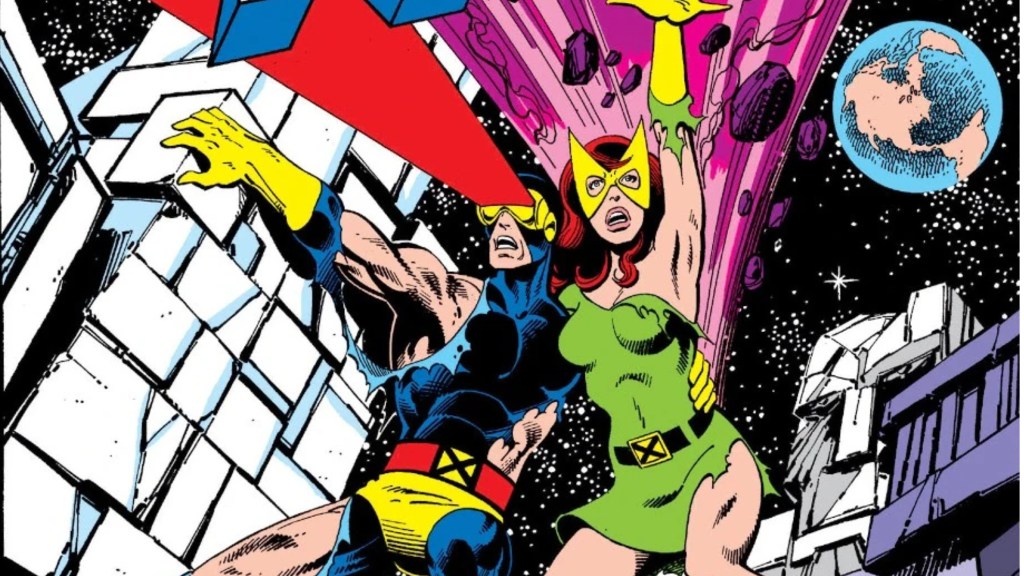
John Byrne is one of the greatest talents in the industry. Byrne as a person has a lot of issues, but Byrne the creator? Outstanding. Byrne joined Uncanny X-Men with issue #108, working with Chris Claremont as an artist and co-plotter. The masterpiece that is “The Dark Phoenix Saga” is partly Byrne’s work, so that really says it all. His art is fantastic. Byrne’s figure work, character acting, design, and action are all outstanding. He created some of the best looking characters in X-Men history — Alpha Flight, the Hellfire Club’s Inner Circle, and many more. He may not have created the Imperial Guard, but he’s definitely their best artist, and he created Wolverine’s best costume — the orange and brown (you know I’m right; fight me). Byrne is another artist on Adams’s level; every X-Men artist looks at his work for inspiration. Byrne drew Uncanny X-Men #108-109 and #111-143, all while co-plotting. He’s return to Uncanny in the ’90s, as a scripter but not an artist. Byrne will always be controversial, but he’s still an X-Men great.
1) Jim Lee
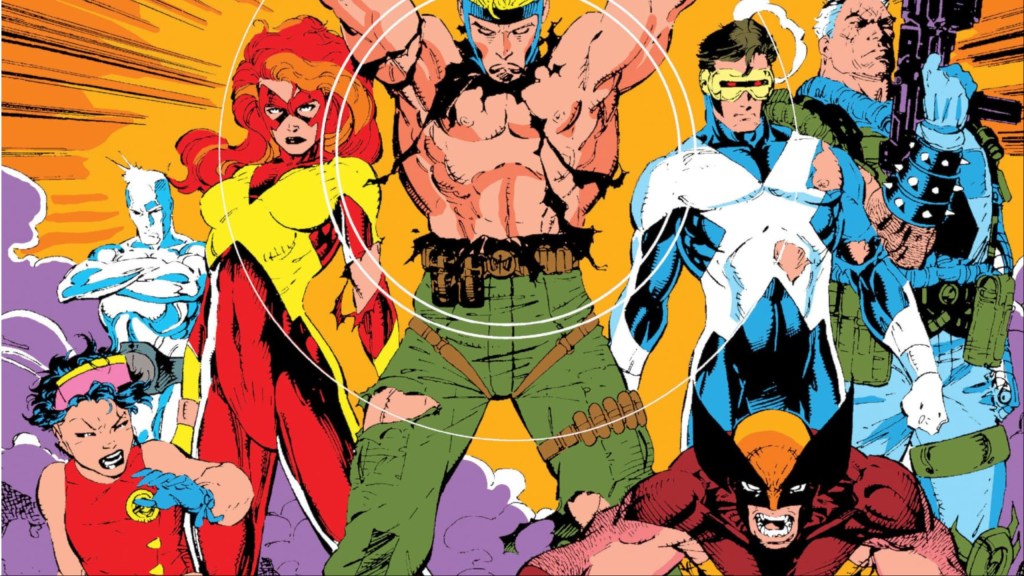
Look, it’s debatable whether Jim Lee is the greatest X-Men artist ever. Some people like Byrne or Cockrum or Adams. However, for an entire generation of X-Men fans, Jim Lee is THE X-Men artist. Lee was behind plenty of must-read X-Men stories, and worked with Chris Claremont at the end of his run, after making his name drawing the Punisher. Lee became a superstar on Uncanny X-Men, to the extent that Marvel editorial pushed his ideas more than Claremont’s own. Lee would even get his own X-Men series in 1991, drawing and co-plotting the book. Lee’s work is amazing. His eye for design and page layout is one of the best in the history of the business. He designed the X-Men costumes over the 1991 reboot — nearly all of the costumes from X-Men: The Animated Series are Lee designed. His action was basically flawless. Lee became a rock star drawing the X-Men, and has used that position to rise to the top of the comic industry, helping to found Image and then leaving for DC, where he’s since become the chief creative officer. Lee drew Uncanny X-Men #248, #256-258, #267-277 and X-Men (Vol. 2) #1-11, and is the artist behind the bestselling comic of all time, X-Men (Vol. 2) #1.
Who are your favorite X-Men artists? Sound off in the comments below.





